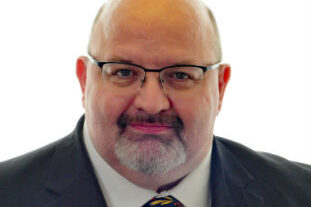For those not familiar with the term, Capital Allowances (CAs) are the method of giving tax relief for certain depreciating assets used in a business and the same basic rules apply no matter what the business or whether it is corporate, a partnership or a sole trader. Normally, the asset expenditure is “pooled” with purchases and disposals of assets merely adding to, or subtracting from, the overall pool. This reduces at 18% pa for general assets or 6% pa for some cars, long- life assets (those with expected life expectancy of more than 25 years) and a few other assets. The relief is available after any Annual Investment Allowance (AIA) on the initial acquisition is claimed. The relief is given on a reducing-balance basis so as time goes on, the effective rate at which the initial cost of the asset is given decreases.
Example: A company purchases a widget machine for £100,000. Ignoring the AIA, in the first year, relief will be given of £18,000, leaving £82,000 residual value. In the second year, the relief decreases to 18% of £82,000 = £14,760 leaving the residual value at £67,240 and so on.
After four years, the machine is outdated and worth £5,000 so the business sells it. At this stage the total CAs granted only amount to £54,788 and the sale proceeds are merely deducted from the residual value. The balance of (£100,000 – £54,788 – £5,000 =) £40,212 relief continues to be given each year at a rate of 18% even though the asset has been sold (until the residual value of all assets in the pool is less than £1,000 in total).
However, there is a way around this issue.
If when the widget machine is purchased, the business elects for “Short Life Asset” treatment, instead of joining the general pool of long-life assets, the value of the machine is then kept in a separate CA pool for eight years. Although the rate of relief is still the same each year, crucially, when the machine is sold after four years, the residual value of £40,212 (in the above example) is given as a balancing allowance in the year of disposal rather than be made to carry on as part of the general pool of value being written down over the life of the business, rather than of the asset. If the widget machine is still owned by the business after the 8 years, the value is merely transferred into the main pool of value as if it had always been there.
There is no limit to the number of short life elections that can be in place and the election can be made for long life assets (reducing at 6%) or general assets (reducing at 18%). Except in limited circumstances, short life asset elections cannot be made for cars, or for assets that have other specific rules attached to them.
As at the time of writing – and subject to the next Budget – the Annual Investment Allowance (the initial allowance of currently £1m allowed against purchases of assets) is set to be reduced to only £200,000 from December 2020. As such, investing in plant and machinery is set to take longer to obtain tax relief. The ability to claim Short Life Asset treatment will ensure that full Capital Allowance relief is obtained over the ownership of the asset (up to eight years) rather than merely increasing the residual pool for the future.
For further information on any of the above points or to discuss your affairs generally, please contact Robin Beadle.

